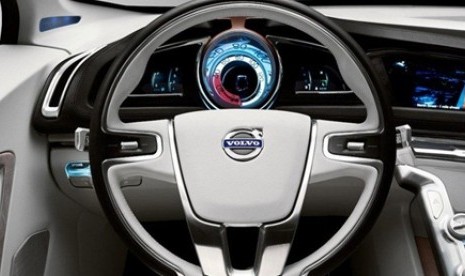How to Conduct a Heuristic Evaluation
Summary: Heuristic evaluation involves
having a small set of evaluators examine the interface and judge its compliance
with recognized usability principles (the "heuristics").
The
10 most general principles for interaction design. They are called
"heuristics" because they are more in the nature of rules of thumb
than specific usability guidelines.
Visibility of system status
The system should always keep users informed about what is
going on, through appropriate feedback within reasonable time.
Match between system and the real
world
The system should speak the users' language, with words,
phrases and concepts familiar to the user, rather than system-oriented terms.
Follow real-world conventions, making information appear in a natural and
logical order.
User control and freedom
Users often choose system functions by mistake and will need
a clearly marked "emergency exit" to leave the unwanted state without
having to go through an extended dialogue. Support undo and redo.
Consistency and standards
Users should not have to wonder whether different words,
situations, or actions mean the same thing. Follow platform conventions.
Error prevention
Even better than good error messages is a careful design
which prevents a problem from occurring in the first place. Either eliminate
error-prone conditions or check for them and present users with a confirmation
option before they commit to the action.
Recognition rather than recall
Minimize the user's memory load by making objects, actions,
and options visible. The user should not have to remember information from one
part of the dialogue to another. Instructions for use of the system should be
visible or easily retrievable whenever appropriate.
Flexibility and efficiency of use
Accelerators -- unseen by the novice user -- may often speed
up the interaction for the expert user such that the system can cater to both
inexperienced and experienced users. Allow users to tailor frequent actions.
Aesthetic and minimalist design
Dialogues should not contain information which is irrelevant
or rarely needed. Every extra unit of information in a dialogue competes with
the relevant units of information and diminishes their relative visibility.
Help users recognize, diagnose, and
recover from errors
Error messages should be expressed in plain language (no
codes), precisely indicate the problem, and constructively suggest a solution.
Help and documentation
Even though it is better if the system can be used without
documentation, it may be necessary to provide help and documentation. Any such
information should be easy to search, focused on the user's task, list concrete
steps to be carried out, and not be too large.
I
originally developed the heuristics for heuristic evaluation
in collaboration with Rolf Molich in 1990 [Molich and Nielsen 1990; Nielsen and
Molich 1990]. I since refined the heuristics based on a factor analysis of 249
usability problems [Nielsen 1994a] to derive a set of heuristics with maximum
explanatory power, resulting in this revised set of heuristics [Nielsen 1994b].


